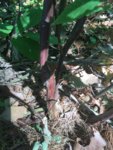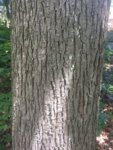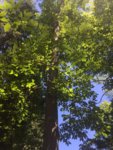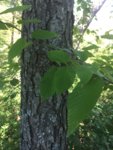DannyDj
Sapling
- Messages
- 42
- Reaction score
- 9
Happy Father’s Day everyone!
My treat was a walk in the woods today alone to enjoy nature. This is an American beech (afaik) on a property I own that is laden with blueberry bushes, beeches, elms, hornbeams, white pines, red oaks, and red maples. I have found many nice examples I’ve tagged, some of which are super cool! Some are unobtainium because they wrap up in other trunks of dead and live trees. Better left alone. Much is also beaver damage too but most of those trunks are too big for me to take a liking too.
I plan on harvesting one to two of the ones I tagged in Autumn ?
Let me know what you think of the style and spread of this beech. Also included are the beech leaves, another leaf of unknown variety, and a very strange cone/pod/seed thingy. Looks evil!
My treat was a walk in the woods today alone to enjoy nature. This is an American beech (afaik) on a property I own that is laden with blueberry bushes, beeches, elms, hornbeams, white pines, red oaks, and red maples. I have found many nice examples I’ve tagged, some of which are super cool! Some are unobtainium because they wrap up in other trunks of dead and live trees. Better left alone. Much is also beaver damage too but most of those trunks are too big for me to take a liking too.
I plan on harvesting one to two of the ones I tagged in Autumn ?
Let me know what you think of the style and spread of this beech. Also included are the beech leaves, another leaf of unknown variety, and a very strange cone/pod/seed thingy. Looks evil!
Attachments
-
 3F2808E1-F273-48DD-87AE-6335F9EABC1B.jpeg572.6 KB · Views: 111
3F2808E1-F273-48DD-87AE-6335F9EABC1B.jpeg572.6 KB · Views: 111 -
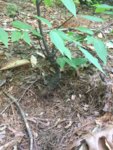 4D25790D-4D5A-4FD9-AB53-80720D668E98.jpeg531.4 KB · Views: 112
4D25790D-4D5A-4FD9-AB53-80720D668E98.jpeg531.4 KB · Views: 112 -
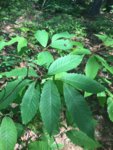 03CD122E-39E9-4035-8E92-05686C57E3B0.jpeg368.9 KB · Views: 116
03CD122E-39E9-4035-8E92-05686C57E3B0.jpeg368.9 KB · Views: 116 -
 E2F3163A-D976-4B61-A992-FB038D966D9C.jpeg189.4 KB · Views: 107
E2F3163A-D976-4B61-A992-FB038D966D9C.jpeg189.4 KB · Views: 107 -
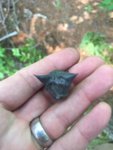 FD970C51-CAA9-4700-A53E-4F5746FE5E12.jpeg193.5 KB · Views: 99
FD970C51-CAA9-4700-A53E-4F5746FE5E12.jpeg193.5 KB · Views: 99 -
 434C4188-519C-4142-989E-86277992273D.jpeg195 KB · Views: 99
434C4188-519C-4142-989E-86277992273D.jpeg195 KB · Views: 99 -
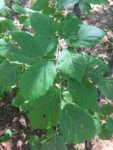 197BEE56-7734-4752-80D5-2E83B12CF55E.jpeg330.8 KB · Views: 104
197BEE56-7734-4752-80D5-2E83B12CF55E.jpeg330.8 KB · Views: 104

